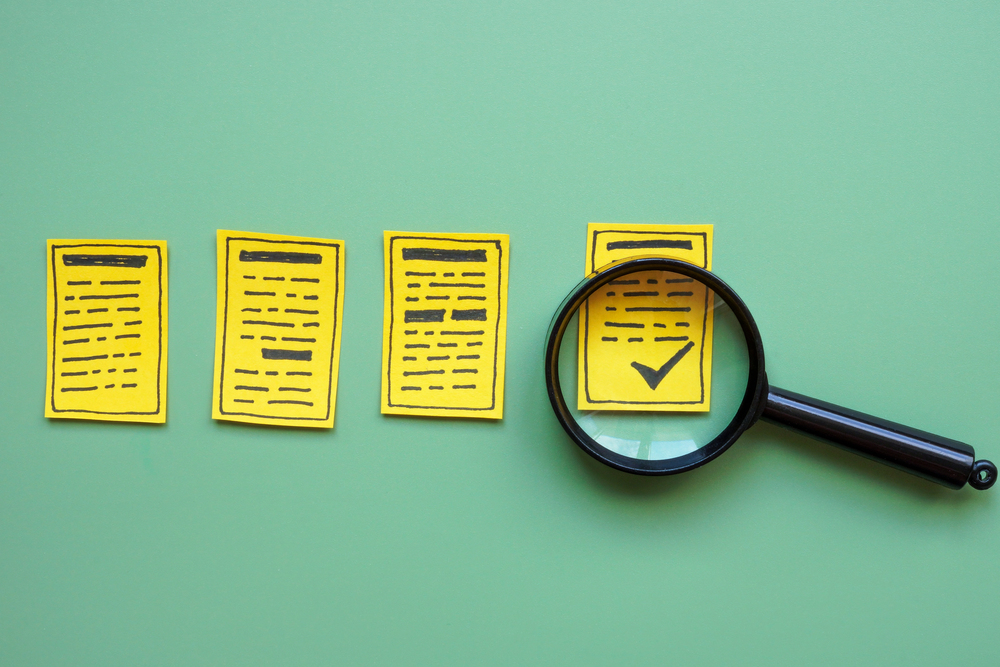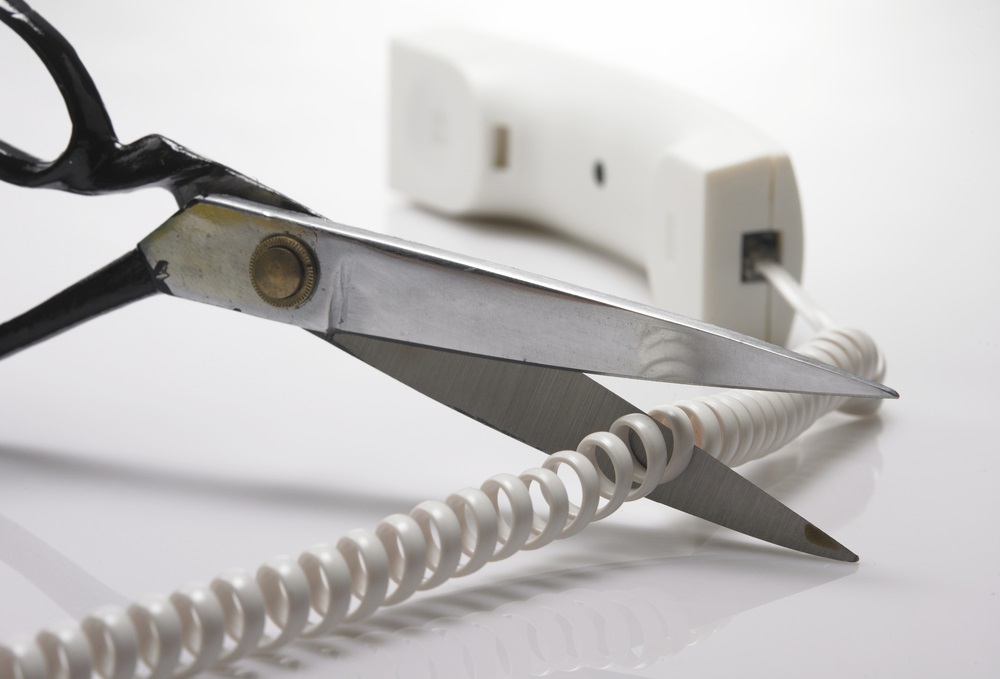14 Ways to Avoid Losing Customers to Competitors

By: John Graham
You’ll often hear a salesperson say, “We service the heck out of our customers. They’ll never leave us.” But then a competitor walks away with an account—and no one saw it coming.
You work hard getting new accounts, you take servicing them seriously, and still, they leave. Why?
Think about it this way: When you buy a new car, it’s just what you wanted. But after a year or so, you start thinking about newer models. That’s when little things about your current car start bugging you—it doesn’t have this or that, there’s a squeak, the technology is outdated. Before you know it, you’re back in the showroom.
It’s no different with customers. When competitors come calling, your clients are ripe for the picking. All of a sudden, the list of little things that have been festering over time is a little too long, and before you know it, you’ve been replaced.
Here are 14 ways to prevent it from happening:
1) Keep your word. Little insults accumulate in a customer’s mind, tolerated and quietly dormant until something triggers a reaction. “I’ll call you back about that,” but you forgot. “I’ll get on it right now,” but you didn’t. They’re minor irritations, but over time, they become a big issue. That’s when the competitor arrives.
2) Meet deadlines. You knew the due date well in advance, but end up saying, “Sorry, Susan, would it be OK if I got that to you tomorrow?” If it happens once, it’s understandable. Twice, it’s seen as a pattern.
3) Exhibit self-confidence. Few things raise red flags faster than those who come across as wishy-washy or unsure of themselves.
4) Be a resource. Keep your antennae tuned for ideas that may be of interest to customers, and remember to pass them along. It’s not only helpful, but also a way to let them know you’re thinking of them.
5) Get more organized. Smart salespeople know the value of being organized. Intuitively, they recognize that getting customers what they need quickly gives them a reputation as someone clients can count on.
6) Don’t talk about yourself. Understandably, salespeople want to impress their customers. But sometimes, they try too hard. It’s not what customers want to hear.
7) Ask questions. How many times do salespeople need to be reminded that telling isn’t selling? Just remember, asking questions is always best—it gives prospects a chance to talk about themselves and what they do.
8) Be attentive. Salespeople understand the danger of ignoring customers. Customers notice subtle changes in how much you pay attention to them.
9) Be on time. Keeping customers waiting for any length of time is dangerous. Some may think calling or texting that you’re running late lets you off the hook, but it doesn’t cut it. Even customers who don’t say anything may feel differently. Being late might be overlooked, but it’s never forgotten.
10) Respond rapidly. Customers have their own perception of “quick,” and it’s not necessarily the same as yours. It seems tough, but a good rule of thumb is to aim to respond to phone calls and emails within an hour. This includes simply letting someone know you received their message and when you will get back to them.
11) Anticipate problems. While optimism is essential in sales, a little pessimism can be equally useful. The element of doubt will help you spot potential problems before disaster strikes.
12) Listen intently. We all find ourselves thinking, “What did I just read? I can’t remember a word!” Our eyes were moving across the page, but we were thinking about something else.
It’s the same with listening during sales situations. The customer is talking, but instead of listening, we’re thinking about what we’re going to say next. Avoid this by taking notes to capture what the customer is saying. Besides ensuring that you’re getting their message, you’ll show your customers you’re focused on them.
13) Write simply. The goal is to make everything you write as easy to read as possible. Some suggest shooting for a third-grade reading level. Don’t laugh—it requires skill to communicate with that level of clarity. A fifth- or seventh-grade level also works well for capturing and holding attention.
In Microsoft Word, you can score your memos, emails, white papers, proposals and other messages by selecting Tools, then Spelling and Grammar. This article, for example, has a Flesch Readability Ease score of 66.8—fairly easy—along with a grade level of 6.8.
14) Express appreciation. Letting customers know you appreciate their business goes without saying—they like knowing you care. But while tickets to sporting events, gifts, meals at popular restaurants, or contributions to a customer’s favorite charity are thoughtful, they’re poor substitutes for consistent top performance. Top-quality service is what justifies relationships.
John Graham of GrahamComm is a marketing and sales strategy consultant and business writer.










